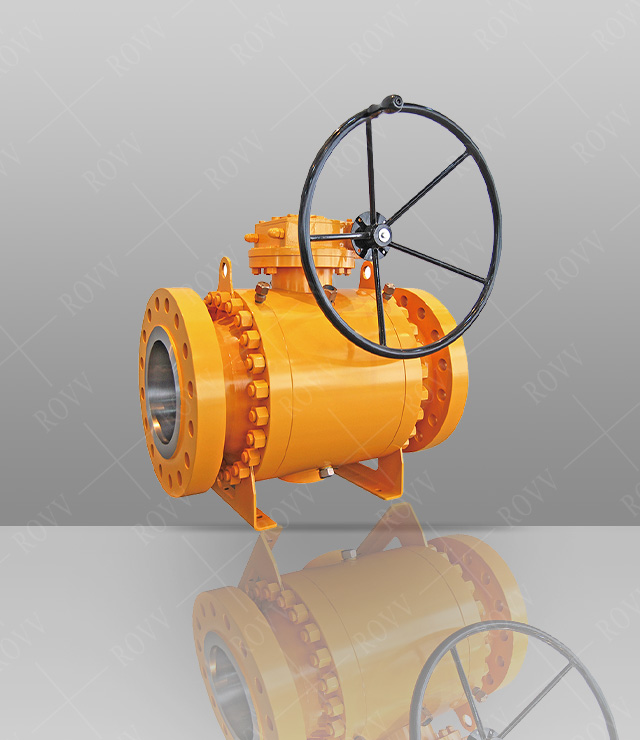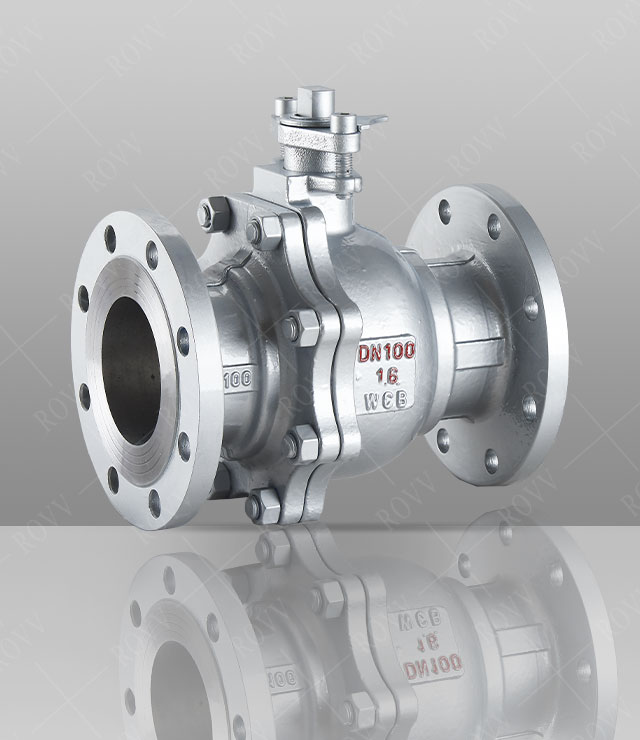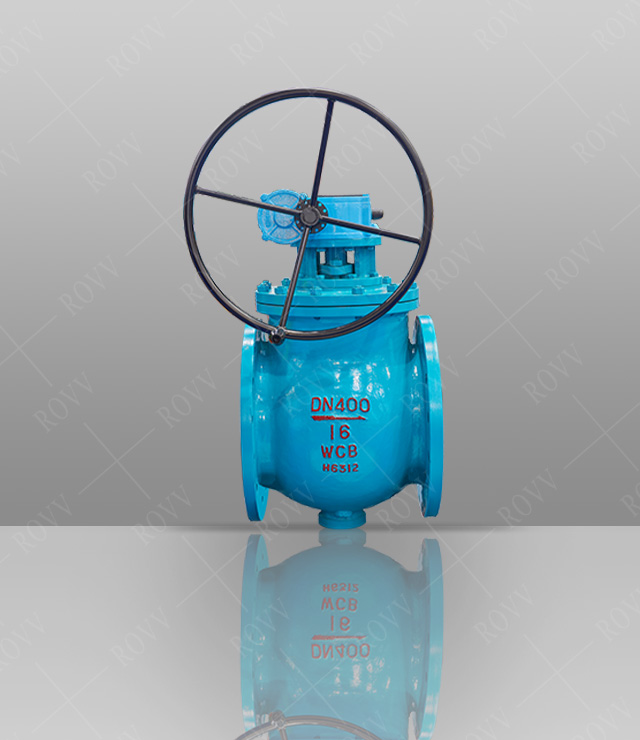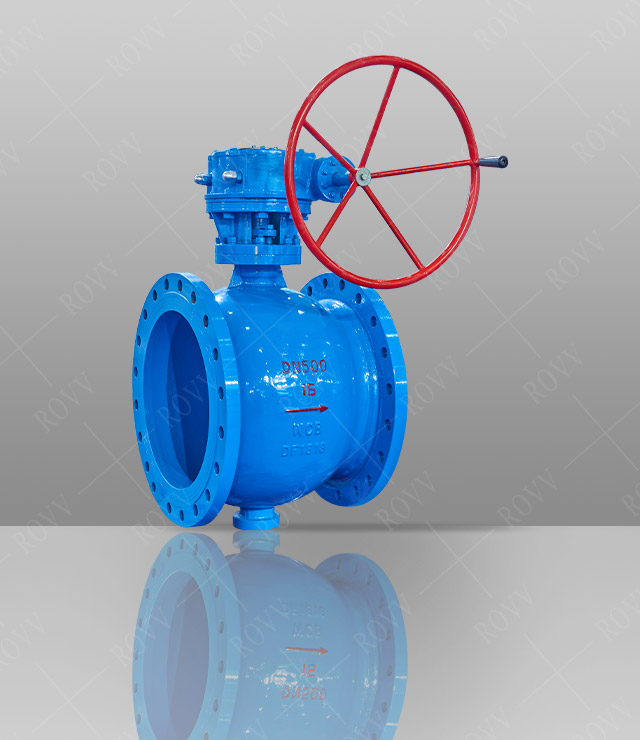Causes of valve leakage and how to deal with it
Release time:2023-04-10 11:07:45
Clicks:
If leakage occurs in the sealed place of the disc and seat part of the safety valve beyond the rated range, it will lead to the loss of medium, which will destroy the sealing material. - In general, the sealing surface of the safety valve is mainly composed of metal materials, and it is as smooth and flat as possible, but in the case of secondary extrusion of the medium with pressure, it is impossible to completely seal without leakage. Therefore, in a rated pressure environment, the safety valve with steam as the medium can be detected by simply observing with the naked eye and hearing by the ear. The main reasons for valve leakage are the following two points:
(1) Dirt and debris appear on the sealing surface, and the originally sealed plane is blocked and separated, so that a gap appears between the valve core and the valve seat. Causes leakage of the valve. The solution to this type of problem is usually to clean up dirt and debris on the sealing surface. When the boiler is temporarily deactivated and ready for maintenance, the safety door should be tested first, and once there is leakage, it must be overhauled as a whole. - The interval between running blocks is 20 minutes after complete cooling.
(2) Damage of the sealing surface. There are many reasons, such as:
First, the materials used for sealing are unqualified. After many years of use of a safety valve, it is easy to weaken the strength of the sealing surface due to continuous opening and closing and running-in maintenance, which in turn leads to the weakening of the sealing ability. The recommended measure to solve this problem is to flatten the original sealing surface and perform secondary processing and welding according to the original drawings to enhance the hardness and strength of the surface. And pay attention to superficial damage, be sure not to be sloppy.
The second is the quality of maintenance. Due to the poor level of maintenance, the valve core and valve seat cannot reach a certain level in the grinding process. The solution is to use grinding or even turning to repair the sealing surface as much as possible, depending on the severity of the damage.
The third is improper assembly or incorrect part size. In the whole assembly work, the valve core and the valve seat are not fully aligned, or there is a serious light transmission problem on the joint surface, or it may be that the sealing place of the valve core and valve seat is too loose to really seal. The solution is to strictly check the length, thickness and distribution of the gap next to the valve core, and to ensure that the gap of each part cannot lift the valve core, and appropriately reduce the width of the sealing surface to seal according to the data on the drawing.
(1) Dirt and debris appear on the sealing surface, and the originally sealed plane is blocked and separated, so that a gap appears between the valve core and the valve seat. Causes leakage of the valve. The solution to this type of problem is usually to clean up dirt and debris on the sealing surface. When the boiler is temporarily deactivated and ready for maintenance, the safety door should be tested first, and once there is leakage, it must be overhauled as a whole. - The interval between running blocks is 20 minutes after complete cooling.
(2) Damage of the sealing surface. There are many reasons, such as:
First, the materials used for sealing are unqualified. After many years of use of a safety valve, it is easy to weaken the strength of the sealing surface due to continuous opening and closing and running-in maintenance, which in turn leads to the weakening of the sealing ability. The recommended measure to solve this problem is to flatten the original sealing surface and perform secondary processing and welding according to the original drawings to enhance the hardness and strength of the surface. And pay attention to superficial damage, be sure not to be sloppy.
The second is the quality of maintenance. Due to the poor level of maintenance, the valve core and valve seat cannot reach a certain level in the grinding process. The solution is to use grinding or even turning to repair the sealing surface as much as possible, depending on the severity of the damage.
The third is improper assembly or incorrect part size. In the whole assembly work, the valve core and the valve seat are not fully aligned, or there is a serious light transmission problem on the joint surface, or it may be that the sealing place of the valve core and valve seat is too loose to really seal. The solution is to strictly check the length, thickness and distribution of the gap next to the valve core, and to ensure that the gap of each part cannot lift the valve core, and appropriately reduce the width of the sealing surface to seal according to the data on the drawing.











